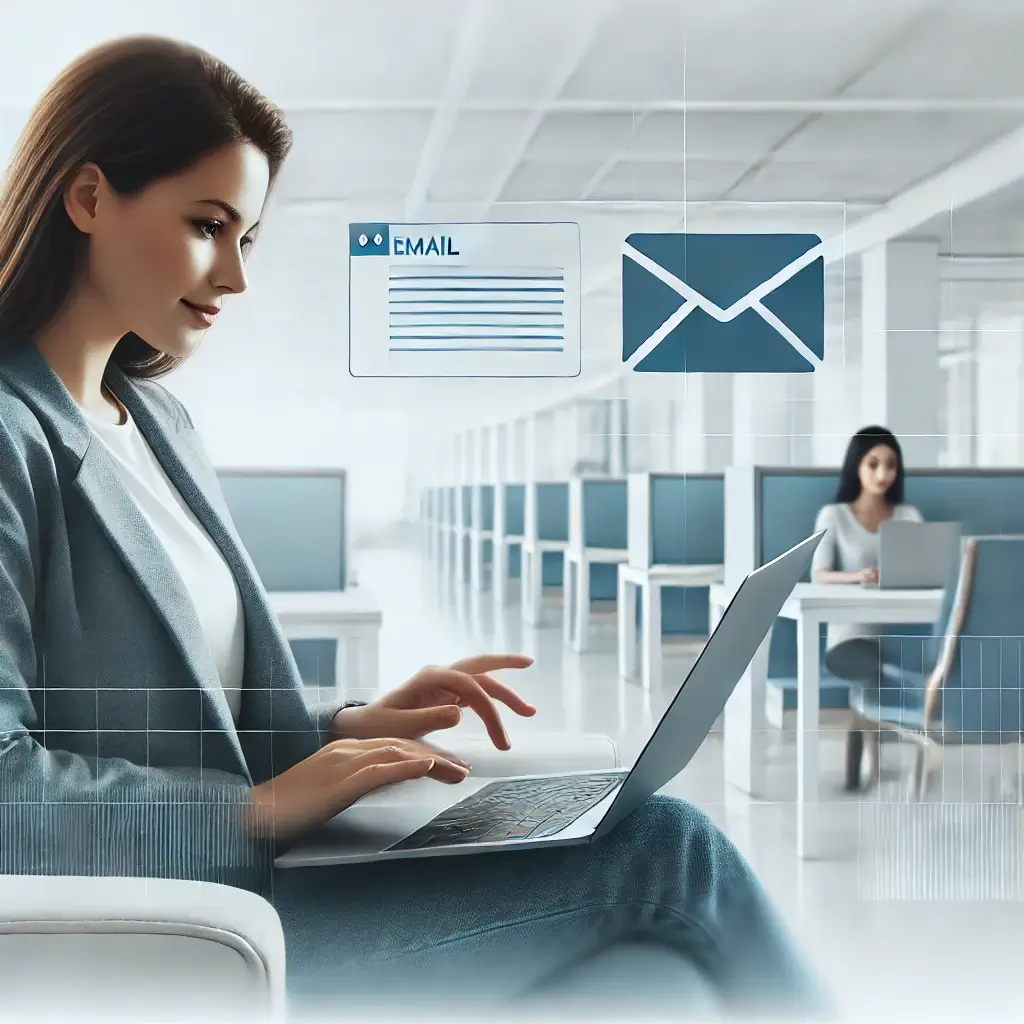
Word at the bottom of some marketing emails sample
Table of Contents
- What Is the Bottom of a Marketing Email?
- Different Email Endings for Different Situations
- Professional Settings
- Casual or Friendly Settings
- General Use
- Customer Support Closings
- Why Are Closing Words Important in Email Marketing?
- Common Mistakes to Avoid with Email Closings
- How a Strong Closing Can Help Avoid Spam Filters
- Tips for Crafting the Perfect Closing Word
- Frequently Asked Questions (FAQs)
- Final Thoughts and Best Practices
What Is the Bottom of a Marketing Email?

The word or phrase at the bottom of a marketing email often serves as a closing statement, providing a polite and professional way to conclude the message. Commonly used closings include phrases like “Best regards,” “Sincerely,” or “Thank you,” which signal the end of the email in a courteous manner. These closings add a personal touch and leave a positive impression on the recipient. In this guide, we’ll explore the best closing words for different situations to help you craft effective, engaging email messages.
Different Email Endings for Different Situations

In this section, we will share a variety of email ending words suitable for different situations, including casual, formal, official, and friendly tones. Each word comes with a brief explanation to help you understand the context in which it can be used effectively. Take the time to review the suggestions and find the perfect closing words to suit your email’s purpose and tone.
To help refine your email closing, you can use tools like Grammarly to ensure proper grammar and tone.
1. Professional Settings
Examples: “Best regards,” “Sincerely,” “Kind regards,” “Warm regards.”
Usage Tips: Professional sign-offs are appropriate for formal business communication, such as client or executive correspondence. These endings convey respect and leave a polished, courteous final touch.
2. Casual or Friendly Settings
Examples: “Cheers,” “Thanks so much,” “Take care,” “Looking forward to it!”
Usage Tips: For semi-formal emails or correspondence with colleagues and clients you know well, these phrases add warmth and approachability, making the communication feel more personal.
3. General Use
Examples: “Thank you,” “All the best,” “Best,” “Warm wishes.”
Usage Tips: These versatile closings are suitable for both formal and casual situations. They offer a safe option when unsure of the recipient’s preferred tone.
4. Customer Support or Client Service Closings
Examples: “Here to help,” “Please reach out anytime,” “We’re here for you,” “Thank you for choosing us.”
Usage Tips: In customer support emails, empathy and helpfulness should shine through. These phrases reassure customers of your readiness to assist and foster trust.
5. Follow-Up and Post-Meeting Emails
Examples: “Looking forward to our next steps,” “Thanks for your time today,” “Appreciate your feedback.”
Usage Tips: For follow-ups or emails after a meeting, these closings reinforce engagement and appreciation, highlighting your commitment to collaboration and clear communication.
6. Promotional and Newsletter Emails
Examples: “Happy shopping,” “Enjoy your exclusive offer,” “See you next time.”
Usage Tips: For marketing and promotional content, end with words that match the email’s energy and aim. A friendly, upbeat close aligns well with promotional language, encouraging a positive reaction from readers.
7. Legal and Compliance Closures
Examples: “Please note our terms,” “All rights reserved,” “Privacy assured.”
Usage Tips: Some emails require legally compliant language. Including terms related to data privacy and rights is crucial in regulated industries and reinforces a company’s respect for compliance.
Why Are Closing Words Important in Email Marketing?

A strong closing word is essential to creating a lasting impression in any email, whether it’s a professional, marketing, or personal message. This final touch not only conveys professionalism but also sets the tone for future engagement with the recipient. Here’s why closing words are vital in email marketing:
Establishing Professionalism and Credibility
The closing words in an email are often the last impression your audience will have of your brand or business. Using a respectful, thoughtful closing phrase like “Best regards” or “Thank you” conveys that your business values clear, professional communication. A polished closing words can reinforce trust and credibility to the recipient that you take your business interactions seriously.Enhancing Brand Personality and Connection
Every email offers a chance to reinforce your brand’s voice. For example, a tech company may opt for closings like “Thanks so much!” to maintain a friendly tone, while a consulting firm might stick with “Kind regards” for a formal touch. Tailoring your closing words to match your brand’s style not only shows attention to detail but also strengthens the personal connection, making recipients more likely to respond positively.Increasing Engagement and Response Rates
A well-chosen closing can subtly invite engagement, making the reader more likely to respond. When the closing words feel personal and authentic, they often inspire action or reply. Phrases like “Looking forward to hearing from you” can create a more inviting tone that encourages the recipient to continue the conversation, thus potentially boosting your response rates.Leaving a Positive Lasting Impression
Just as first impressions are important, the last impression in an email can impact how your audience remembers your message and your brand. A respectful and appropriate closing can resonate long after the email is read, helping to leave a positive, lasting impression. Poor or abrupt closings, on the other hand, can feel unprofessional and may even deter recipients from engaging further.Maintaining Consistency Across Emails
Consistency in email communication builds familiarity, and using consistent closing words across your marketing emails helps establish a reliable and recognizable style. This consistency can foster trust among recipients, making them more likely to open and engage with your emails in the future.Creating a Polished Finish to Your Message
The closing phrase serves as the “full stop” to your message, wrapping it up in a polished and professional manner. Without it, an email can feel incomplete or abrupt, which might leave a negative impression on the recipient. By choosing a respectful and relevant closing, you show your recipients that you value their time and attention, thus enhancing the overall email experience.
Common Mistakes to Avoid with Email Closings
An email’s closing line can either leave a positive, lasting impression or, if done incorrectly, reduce its effectiveness. Here are common pitfalls to watch out for and how to avoid them:
1. Overly Formal or Outdated Language: Using antiquated phrases like “Yours Truly” or “Respectfully Yours” may come off as stiff or old-fashioned. Stick to modern, professional closings like “Best Regards” or “Sincerely,” which convey respect without sounding outdated.
2. Informality in Professional Settings: Overly casual closings such as “Take care” or “Love” can seem unprofessional in business contexts. Save these for personal or familiar relationships, and opt for something more universally acceptable like “Warm regards” in professional emails.
3. Assumptive Language: Phrases like “Looking forward to hearing from you soon” can feel overly demanding, especially if the recipient has not committed to a follow-up. Instead, use gentle closings such as “I would appreciate any feedback” to maintain a polite, open-ended approach.
4. Abbreviated Words: Shortened closings like “Thx” or “Rgrds” appear lazy and unprofessional. Take a few extra seconds to write out “Thanks” or “Regards” to leave a respectful impression.
5. Unpersonalized Closings: Generic, uncustomized closings reduce engagement and can make your emails feel robotic. Tailor your closing to the recipient and the nature of the email. For instance, a closing like “Looking forward to your insights” is suitable for collaborative projects, while “Thank you for your consideration” fits a formal proposal.
6. Default or Device-Specific Signatures: “Sent from my iPhone” might signal a casual or rushed approach to communication. Instead, use a personalized email signature that includes your name, title, and company, presenting a professional, intentional appearance.
Keeping these tips in mind will ensure that your email closings are respectful, effective, and appropriate for each context. This attention to detail can significantly improve the recipient’s perception of your professionalism and reliability.
How a Strong Closing Can Help Avoid Spam Filters
Crafting a good email closing can make a big difference in making sure your marketing emails land in the inbox, not the spam folder. A professional and thoughtful closing builds trust and helps your email look legitimate. Here are some tips to keep in mind:
Build Trust with the Reader
Use closings that feel professional and polite, like “Best regards” or “Thank you.” These show respect and make your email look authentic. Adding a personal touch, like mentioning the recipient’s name, also makes your email feel more genuine.Avoid Spammy Language
Stay away from pushy phrases like “Hurry! Act Now!” or “Limited Time Offer” in your closing. Instead, use friendly, conversational endings like “Looking forward to your reply” or “Feel free to reach out.”Follow Email Rules
Always include clear options for the recipient, like an “unsubscribe” link or a way to adjust their email preferences. This keeps you compliant with email laws like CAN-SPAM and helps build trust.Encourage Interaction
Use closings that invite replies, like “I’d love to hear your thoughts” or “Let me know if you have any questions.” This boosts engagement, which email providers view as a positive signal.
By using simple, friendly, and professional closings, you can improve your email’s chances of reaching your audience and avoiding spam filters.
Tips for Crafting the Perfect Closing Word
Selecting the right email closing is key to keeping your communication professional and respectful. Simple phrases like “Best regards,” “Sincerely,” or “Yours faithfully” work well in formal emails, showing courtesy and professionalism. In some situations, using “Thanks” or “Thank you” is appropriate, but avoid anything too casual in formal settings. Always consider cultural differences and spam filters when choosing your closing to ensure your email is well-received.
FAQs About Email Closings
- What’s the best way to close a professional email?
Use formal phrases like “Best regards,” “Sincerely,” or “Yours faithfully.” These are respectful and professional, helping you leave a polished impression. Avoid casual closings in formal emails. - Can I use “Thanks” or “Thank you”?
Yes! These work well when expressing gratitude. Be specific, like “Thank you for your time” or “I appreciate your help.” Avoid “Thanks in advance,” which might sound pushy. - How do I personalize my email closing?
Add a friendly touch that matches your message. For example, instead of just “Best regards,” try “Looking forward to working together” if you’re discussing a future project. - Which closings should I avoid to prevent spam?
Don’t use promotional phrases like “Buy now” or “Act fast.” Stick to simple, professional language to avoid being flagged as spam. - What if I’m asking for something in the email?
Use polite phrases like “Looking forward to your response” or “I appreciate your feedback.” This keeps the tone respectful and shows gratitude. - Are there cultural differences to consider?
Yes! Some closings, like “Cheers,” might feel too casual in certain cultures. When unsure, use neutral, professional closings like “Best regards.”
Final Thoughts and Best Practices for Email Closings
When crafting an email closing, always match the tone to the situation. For formal emails, use phrases like “Best regards” or “Sincerely” to maintain professionalism. In casual settings, “Cheers” or “Warm regards” are friendly but still appropriate.
To avoid spam filters, steer clear of promotional language such as “Buy now” or “Act fast.” Instead, focus on polite and clear sign-offs like “Looking forward to your response”.
Lastly, personalize your closing when possible, like “Thank you for your time” or “I appreciate your assistance,” and consider including a call-to-action (CTA) to prompt further interaction. Tailoring your email closing ensures better engagement and avoids misunderstandings.
